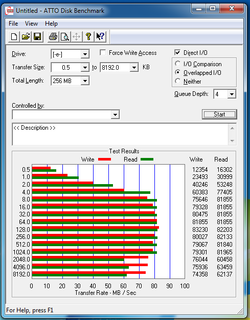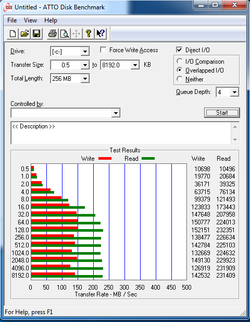I have a few questions about SSD drives. I have no idea how they are setup. I was reading somewhere that installing windows onto an SSD drive is different than a conventional HDD. Something about having to "line up" the operating system.
Can someone thats knows about these drives clear this stuff up for me? How does windows install?, Is defragging different?, Are there limitations to SSD drives? and anything else I should know.
I would very much love to buy one of these drives but I need to know the basics first so I know if this is the way I want to go or not. And yes, I could research them online but asking you guys here in one place is easier than checking multiple sites online for my answers.
Can someone thats knows about these drives clear this stuff up for me? How does windows install?, Is defragging different?, Are there limitations to SSD drives? and anything else I should know.
I would very much love to buy one of these drives but I need to know the basics first so I know if this is the way I want to go or not. And yes, I could research them online but asking you guys here in one place is easier than checking multiple sites online for my answers.



